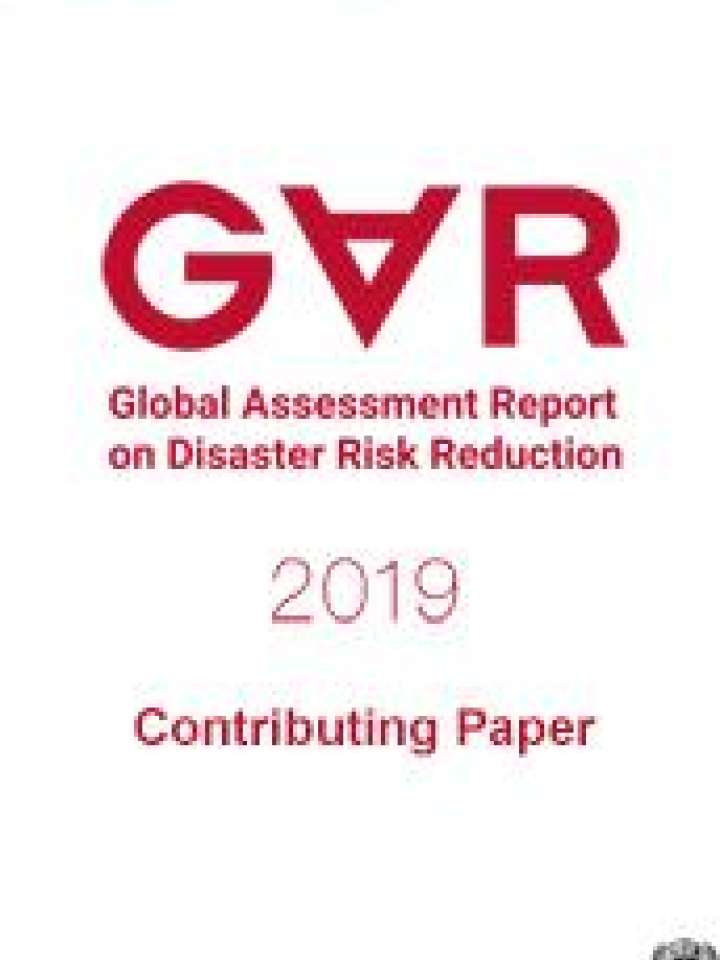Migration and displacement risks: Connecting dots, understanding trends
Migration and displacement are history’s oldest and recurring human responses to changing environments, either from social, environmental, economic, or political pressures. Today, the world’s growing population is increasingly exposed to more frequent and multidimensional risks, and the scale of human flows, both internal and cross-border, temporarily or permanently, is expected to rise. Concurrently, a complex interplay between different factors is inducing migration and displacement, including economic inequalities, social intolerance, human rights transgressions, conflicts, environmental change, and inadequate governance structures and processes. Such human mobility is often wrongfully perceived as a failure to adapt with rapidly changing and increasingly uncertain systems, rather than seen as a tool for relocation and a coping mechanism in an effort to maintain dignity and freedom of opportunity towards fulfilling sustainable livelihoods.
Just as disasters from hazards may drive human mobility, the incoming and outgoing mass movement of people may also significantly affect areas where migrants originate from, transit to, as well as in their final destinations. Migration and displacement, climate change and social stability are a complex nexus that needs to be addressed in a holistic and interdependent manner in order to achieve the aspirations laid out in various intergovernmental sustainable development frameworks (e.g. 2030 Sustainable Development Agenda) and to inform future compacts (e.g. Global Compact for Safe, Orderly and Regular Migration, adopted at an intergovernmental conference in December 2018). A deeper understanding of the various types of stresses people face across their unique migratory paths will provide insight into how to better mitigate and respond to uncertainty, while addressing root-cause, systemic, and emerging issues that will continue to challenge principles of resilience and sustainable development for all.
This paper is a contribution to the 2019 edition of the Global Assessment Report on Disaster Risk Reduction (GAR 2019).
To cite this paper:
Guimarães Nobre, G. et al. Migration and displacement risks: connecting dots, understanding trends. Contributing Paper to GAR 2019
